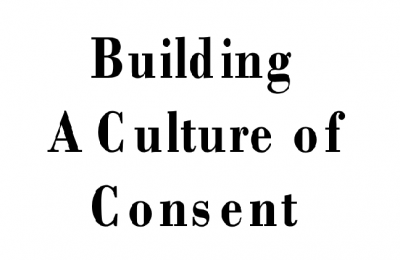In recent weeks women and girls have come together to mourn the loss of Sarah Everard and the many other women lost to male violence. Women and girls have also come together to share their own experiences and fears via the #EnoughIsEnough hashtag and to ask why? and What? Why does male violence against women continue? and what can we do to stop it?
One such enquirer was Siobhán McSweeney of Derry Girls and Pottery Throw Down brilliance, who took to Twitter to ask what is the motivation behind street harassment, indecent exposure and all the acts of intimidation that specifically focus on women?
Her question reminded me of a study I had heard about several years ago at an Antisocial Behaviour Conference in Brazil and prompted me to re-discover that study. Researchers at the University of South Florida and Tulane University embarked on a series of studies looking at perceptions of aggression; perceived acceptability and attractiveness in undergraduate students. Researchers found that “Male norms about aggression may be perpetuated in part by the belief that aggression is more expected or socially desirable than it really is.”
Key findings:
- men (but not women) overestimate the aggressiveness of their peers.
- men (but not women) overestimate peer approval of aggression.
- men overestimate how attractive aggression is to women.
Essentially, men think that aggression is more expected than it actually is in social situations and crucially more approved of by both men and women than it actually is. Women did not have these same misperceptions about the expectation and approval of aggression. So, if men think that friends and partners want them to be more aggressive than is actually the case, where are they getting these false ideas from?
One obvious possibility is from media and the presentation of male aggression as desirable on our screens. The extent to which male violence is normalised in TV and film is troubling and provides viewers with vast examples of a protagonist who displays casual acts of aggression (against men and women) for which he is rewarded with the approval of the characters around him. A situation which would not bear out in real life.
In a 2018 report by the Writers’ Guild of Great Britain, currently only 16% of film writers in the UK are women and only 28% of TV episodes are written by women. There are so many reasons why women’s writing should be making a far greater contribution to our screens and not least of them is that women tend not to glorify and glamorise male violence. This maybe because, as we know from the study, that women don’t misjudge how socially desirable violence is; women fully understand that male violence is not desirable.
BLOCK
Written by Laura Lys
Laura Lys has a PhD in Antisocial Behaviour and is the founder of Riot Room @laurajlys @riotous_room


